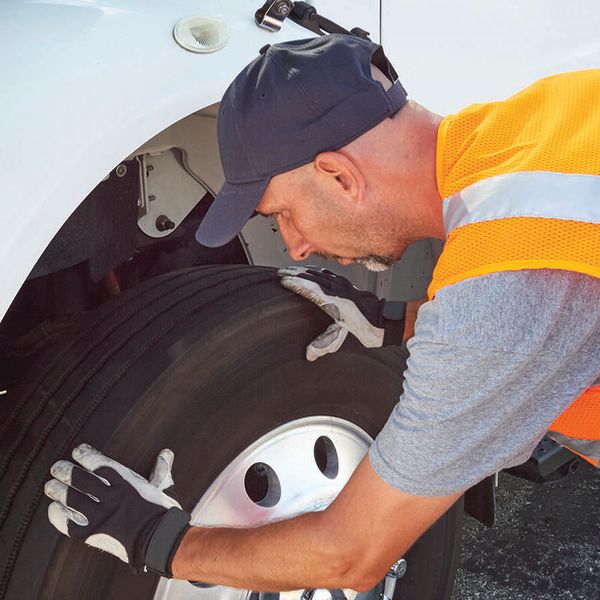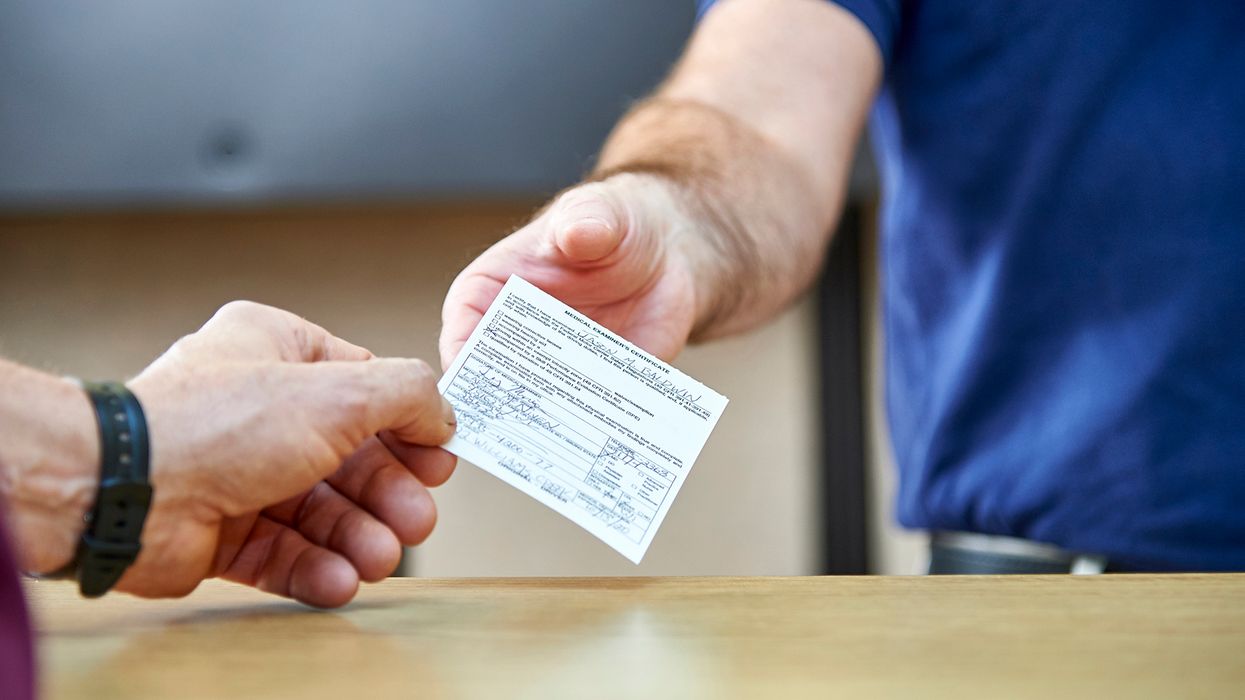7 tips to maximize electric vehicle (EV) range
There are many steps to a successful EV implementation. To maximize the benefits of EVs, one critical step is to train drivers to operate efficiently for maximum range or time. EVs are similar but different from driving a diesel or gas-powered vehicle.
What factors affect EV range?
Planning routes and training drivers to minimize unnecessary battery drain can increase your EV utilization. Without mid-route charging options, efficient energy use is vital to servicing customers and getting drivers back to their start location.
The factors below can affect the mileage or operating hours on a full charge. Following the accompanying tips can minimize battery drain:
Auxiliary system use – Heating or cooling the driver compartment when not plugged in and charging.
- Tip #1: Precool or preheat the driver compartment to reduce battery drain when plugged in. Fully defrosting windows while plugged in is also prudent. The heating and air conditioning system causes greater drain and range reduction than cold temperatures. A balance of driver comfort and vehicle efficiency should be the goal.
Driving habits – Hard acceleration, higher speeds, frequent slowing and accelerating are less safe and reduce EV range.
- Tip #2: Install dash cams or use telematic data to monitor driving habits and coach drivers.
o Smooth acceleration reduces tire wear. EVs have high torque and power at the wheels. If the vehicle offers a slower acceleration or "Eco mode," require its use.
o Frequently varying speeds when following too close increases drain and risk of a crash.
o Running at higher speeds has more aerodynamic drag, risks violations, and can increase the damage or injury resulting from a crash. EVs have battery packs that add significant weight and a low center of gravity and can function as a battering ram.
- Tip #3: Plan routes through urban areas to avoid times of peak congestion.
Vehicle weight – The cargo, driver gear, tools, and passenger weight add up.
- Tip #4: The driver should limit unnecessary gear or passengers in the vehicle.
Ambient temperature – Extreme heat or freezing weather can hamper range and ability to accept a charge. For example, even if the heating system is not in use, battery drain is about 8 percent more at 20°F than at 75°F.
- Tip #5: Plan routes whenever possible for the optimal time of day. For example, start routes early in the morning and finish by early afternoon to avoid peak heat. Use a key lockbox or keyless system that allows drivers to access delivery locations after hours. Starting after 8:00 AM could also be beneficial in colder weather.
Regenerative braking - Regenerative braking allows your vehicle to recharge as the driver brakes. An electric motor captures energy to send back to the battery.
- Tip #6: Educate drivers on the recharging benefits of maximizing regenerative braking. Monitor in a check ride or with vehicle use statistics. Your EVs may have different regenerative braking modes. Choose the mode that best suits the type of driving to when coming to a stop. Some EVs will stop without putting a foot on the brake pedal.
Tire pressure – Low pressure increases drag and reduces energy efficiency like gas or diesel-powered vehicles.
- Tip #7: Verify that drivers perform proper pre-trip inspections daily and that tire pressure is optimal before departing.
Key to remember: Train drivers on the factors that affect EV range and the tips to maximize energy efficiency.


















































